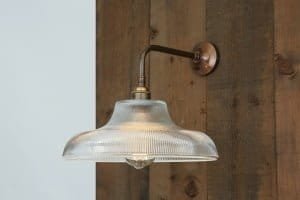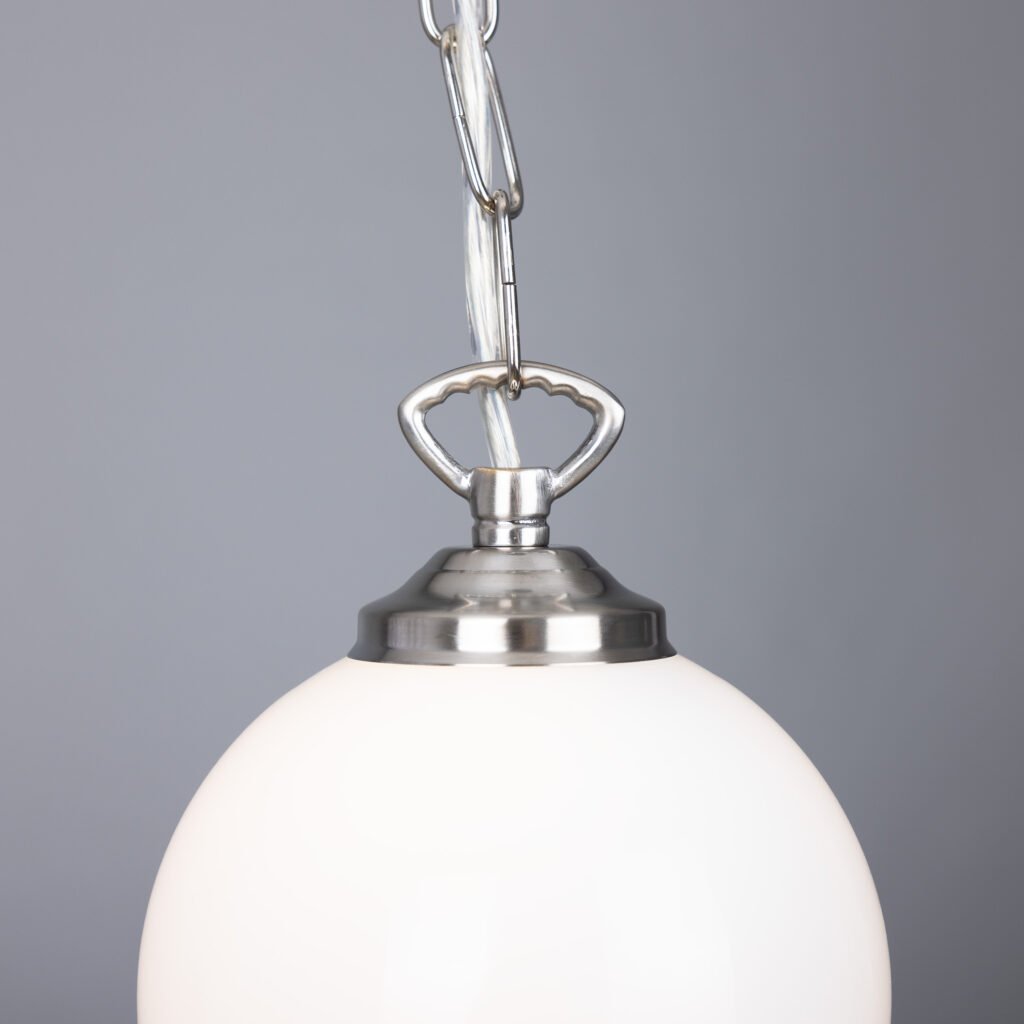Current Regulations for Bathroom Lights | Edition 18

It is important when installing bathroom lights that the regulations are followed to ensure safety for all users. It is also important if you intend letting your property as you will be required to have your electrical system certified.
Bathroom Light Zones
The main object is to ensure safety in the bathroom or wet area and in essence keeping water away from any electrical source.
So generally not using any mains powered portable light in the bathroom i.e. no table or floor lamps, ( unless the bathroom is large enough, and the lead short enough to ensure it isn’t possible to put the fitting into a wet space.)
Note: Please bear in mind each application is slightly different, but the dimensions given are a minimum requirement
Zones define what is required
- Zone 0 – within the bath/shower Low Voltage IPX7 or greater
- Zone 1 – area above the bath/shower area IPX5 or greater
- Zone 2 – areas around wash basins, baths & outside of the shower, IPX4 minimum. The area is 60cm x 225cm, or 60cm from wash basin.
- All other areas have no regulation, however having an IP44 light reduces risks.

You can also use spotlights if you require directional light or wall mounted bathroom lights for mood lighting. You can use 240 v systems, but for lights in Zone 0 ( i.e. ceiling light in a shower cubicle) this would operate of a Low voltage system, with the transformer outside that zone – usually in a roof void)
With all bathroom lights, placement i.e. where in the bathroom you wish to install the light will determine the types available as the bathroom is split into zones. Lights are also rated by IP (Ingress Protection) and 2 numbers or IPX+Number. (Basically the higher the number the more protected a fitting is)
IP ratings explained:
Electrical equipment can be given an IP number, short for Ingress Protection then 2 figures, (May also be shown as IPX then 1 number, representing the water ingress protection) the first digit for mechanical protection (what can get inside) the second number for the level of water protection. So a very common IP20 used for many household lights, 2 means nothing over 12mm can enter, ie fingers, and 0, no water protection. Whereas IP44 again the rating for many outdoor & bathroom lights, 4 means nothing over 1mm so no wire can be poked in, and the second 4 refers to protection from rain or bathroom splashes. This makes IP44 a good rating for outdoor lights as well as some areas in the bathroom. So the higher the second number the better the water protection, generally they go hand in hand. IP56, IP66 etc.
Obviously the larger your bath or shower room the easier it is to place lights away from risk areas and this will give you a greater choice of fittings, ceiling lights can be used without an IP rating as long as they are not directly over a bath or shower, as most bathroom ceiling lights tend to be in the centre of the room this will not be an issue. Using a Flush or fixed fitting will suffice.
Switches should be pull cord from the ceiling or outside the room.
So what are the options?
The choice is large, in glass, brass, or ceramics. If you need a light above the bath then and IP65 fitting is recommended, flush ceiling lights are good for this, see IP65 Flush Ceiling Lights. For Wall fittings around the bathroom , i.e. zone 2, IP44 Brass or Glass wall sconces make the room look cosy. Or if you have a reasonable size bathroom, why not use a pendant to create an impact.
Now you can choose your new Bathroom Light
.jpg)
Bathroom Pendant Lights

Bathroom Ceiling Lights

Bathroom Wall Lights

IP65 Glass Lights
